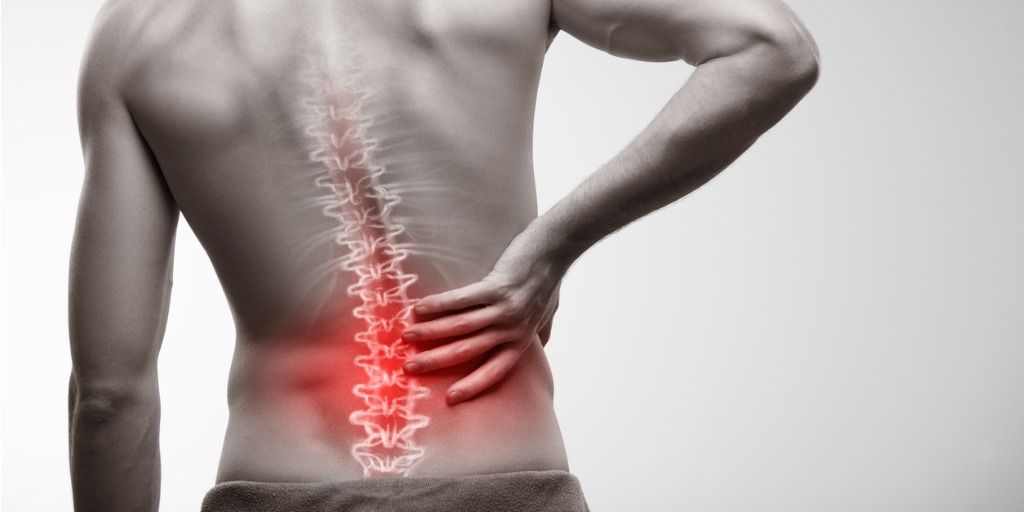To take a break or adapt your training style – the holiday season dilemma
It’s safe to say 2020 has been a year full of adapting. Fitness-wise with the shutdowns and restrictions as a result of COVID-19 we are all well practiced in how to keep a fitness routine alive while gyms are closed – show of hands for using household items in place of weights! So the question is should you take a break or adapt your training style over the holiday season?
If you are looking to keep some consistency to your training regime but won’t have access to a gym or any gym equipment during the festive season try changing up the tempo of bodyweight exercises to make them more challenging by using the Time Under Tension principle. This is an easy and effective way to manipulate the amount of stress on your muscles when you aren’t able to add extra load through weights (or canned goods hello COVID-19 closures). For example, in a squat or push up try lowering for 5 seconds, holding at the bottom for 5 seconds then coming back up in 1. The idea being that by lengthening different phases of a movement will increase the volume of your training and force the muscle to work harder.
If you’d rather scale back your training and give your body a bit of a break that’s great too! Remember winding down or taking it easy doesn’t have to mean doing nothing at all. It doesn’t have to be strenuous but try to incorporate some type of physical activity into most days, we are lucky that for us the holiday season falls when the weather is beautiful making it easy to get outside and keep active. Remember anything is better than nothing so walk, run, swim, play, whatever it is just keep moving!
That being said, allow yourself to enjoy the festive season and if you decide you want to take a few days off completely then do it and don’t feel guilty about it. At the end of the day if you are usually consistent with your training a few days off isn’t going to ruin the hard work you’ve put in over the rest of the year.
We will all find ourselves somewhat overindulging this time of year, but it is important not to be tempted to overcompensate by hitting the gym twice as hard when you go back. We need to move away from the idea of using exercise as a punishment for eating more than we should have or not training for a few days, using guilt as an incentive to get into the gym is not a sustainable mindset. Instead, own the decision you made to take a few days off, eat the food you ate or the drinks you consumed and get back on track with a healthy sustainable goal.
Whether you decide to adjust your training or to take a break from your usual fitness routine we at Absolute Balance hope you have a restful and enjoyable festive season and look forward to working with you again in the new year.

Katie McGrath
Exercise Scientist
References:
Gentil, P., Oliveira, E., & Bottaro, M. (2006). Time under Tension and Blood Lactate Response during Four Different Resistance Training Methods. Journal of Physiological Anthropology, 25: 339–344.




